Fungi Friday - IN THE RICH AND COLORFUL COASTAL ECOSYSTEM - Part One
There is a great seasonal spectacle going on these days ...
... in the coastal forest not far from where I live ... only about 7 kilometers ... maybe 8 ... less than 10 that's for sure ... I'll put the area on the @pinmapple map - there is no better way of explaining where in the world something is.
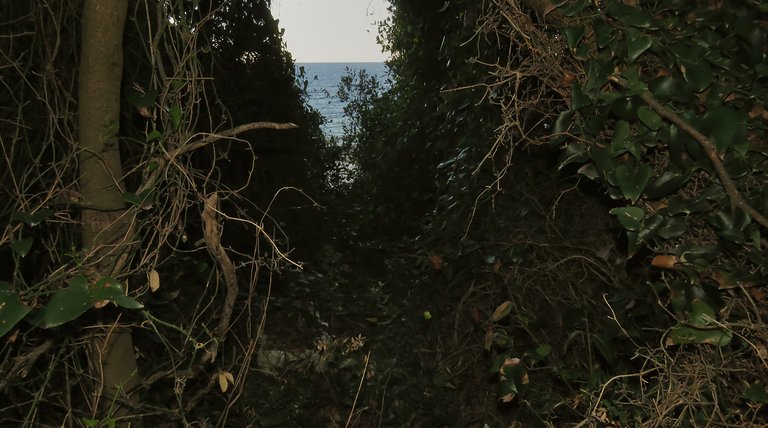
For the most part along this stretch of coastline, the dense intricate vegetation of the forest is spreading till the rocks by the sea ... which is uncommon in the context of this peninsula ... creating a very rich and peculiar ...
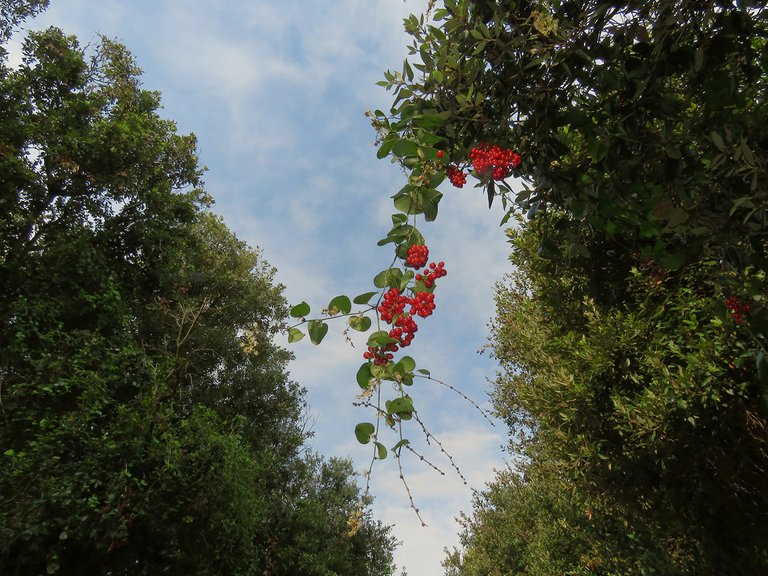
... always green ... and slightly jungle - like habitat ...
... that shows its most colorful face in autumn ... when a multitude of mushrooms and various other small, alien looking fungi formations appear on the scene. On this shot you can see some coral - like Clavarioid fungi and the edible Russula cyanoxantha. The mushroom from the opening photograph is the poisonous Amanita pantherina.
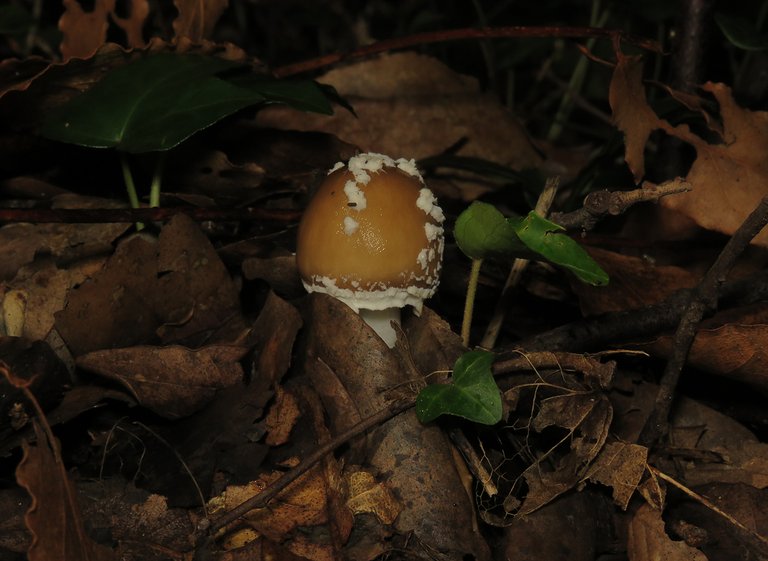
As these elegant mushrooms form, growing from an egg - like formation ...

... pieces of that white envelope remain attached to the cap ...
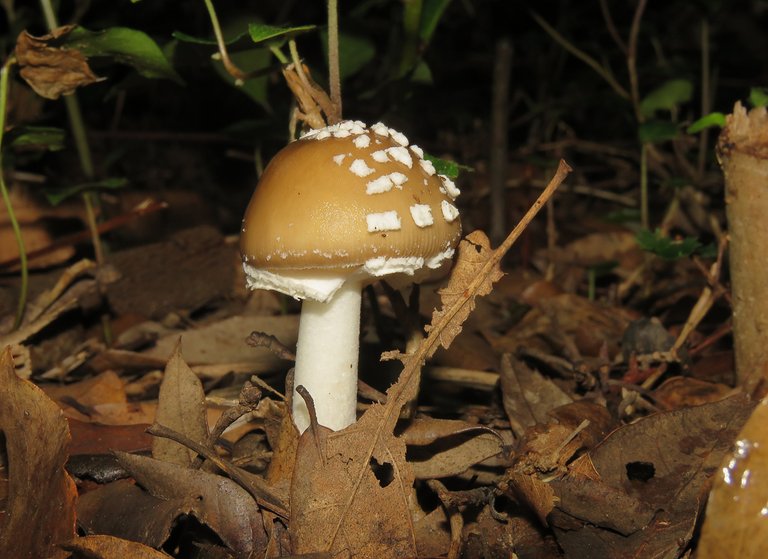
... creating the iconic decoration ... that can look pretty different from mushroom to mushroom ...
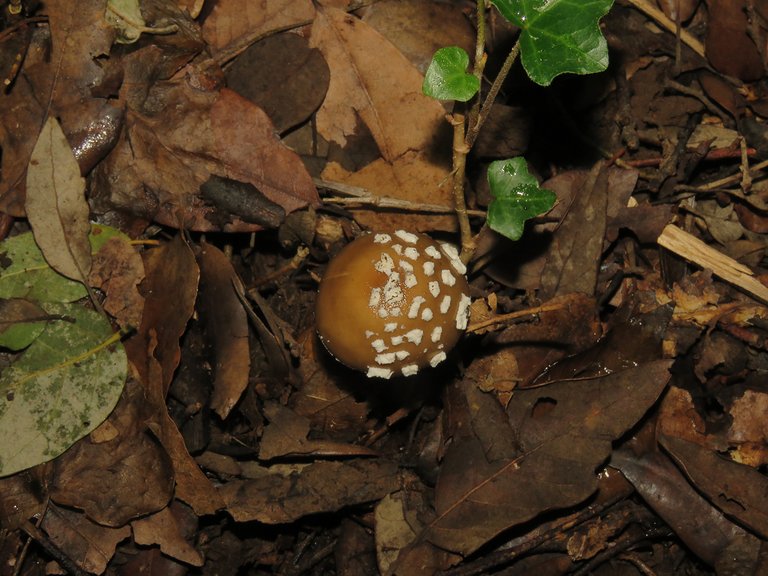
... this one ad example, looks like half Amanita pantherina - half something else.
Mushrooms from the genus Russula, are among the most numerous here.
Some are wearing inconspicuous colors ...
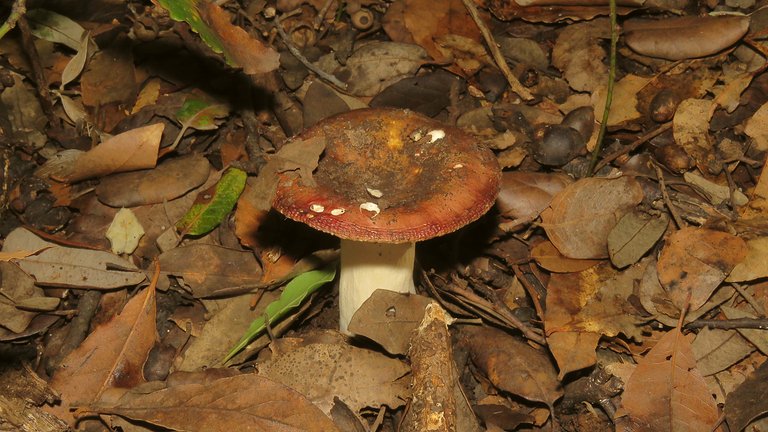
... and easily disappear from sight among the fallen leaves ... while others ...
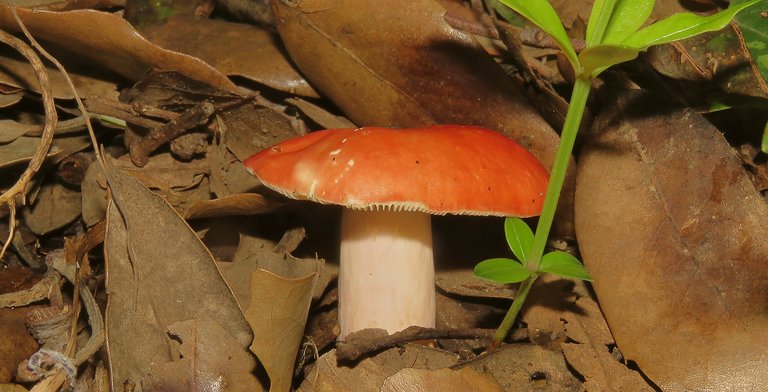
... remain very visible ...
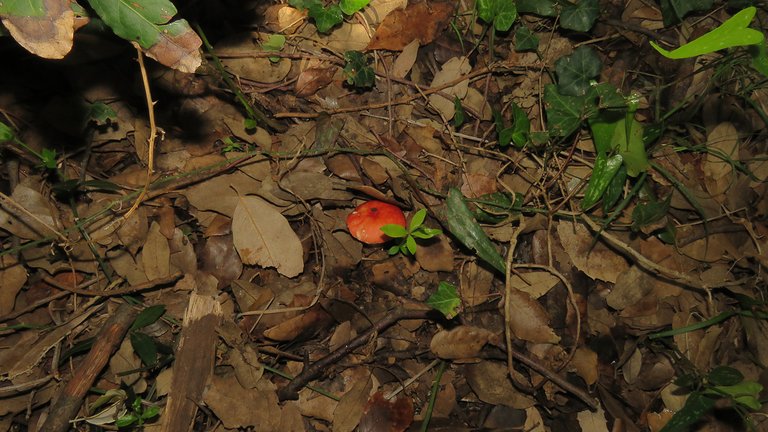
... even from a distance.
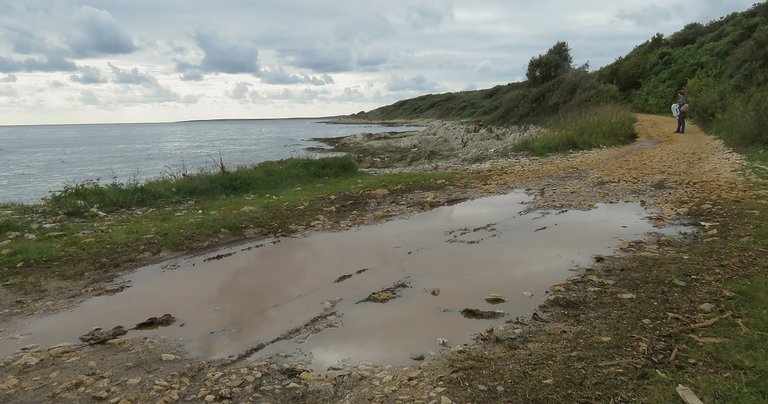
Out of this dark and humid environment, in the narrow belt where the forest meets the sea ...
... other species can be found.
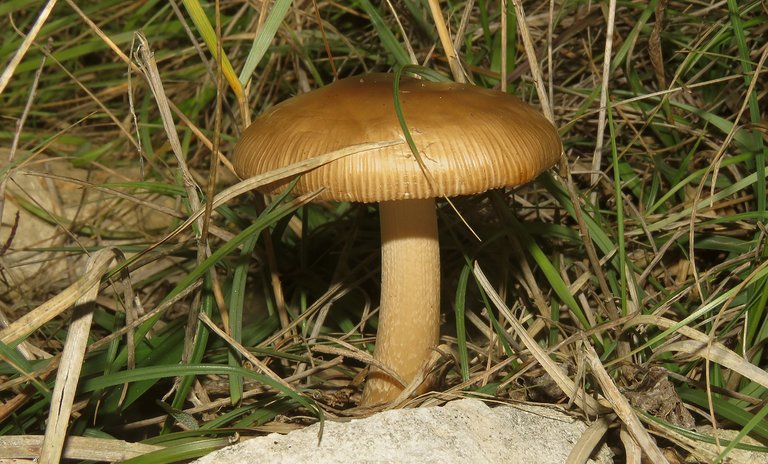
This ... growing in the sunny place among the rocks ... is the Amanita fulva. Can be edible ... and taste quite good ... if is boiled first ... and then that water must be thrown away.
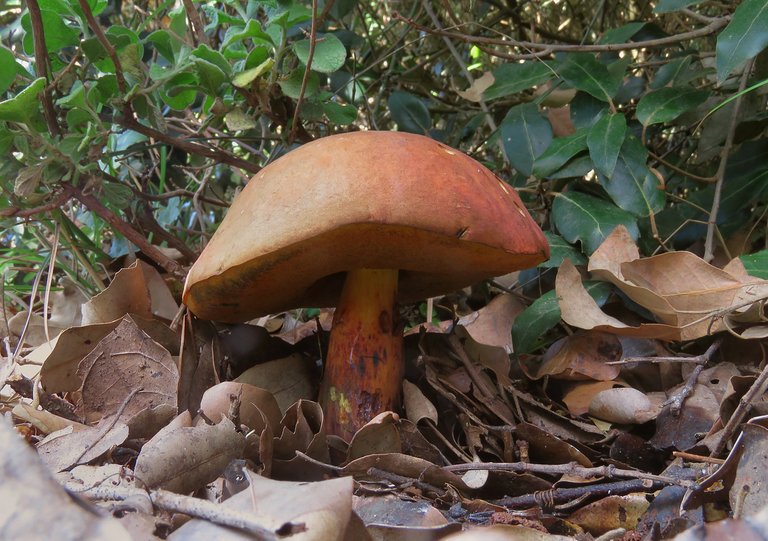
A bit further ... on the forest's edge, on the last line of fallen leaves ... the edible Suillellus queletii bolete was growing ... and then ... about ten or so meters from there, in the same line along the shore ...
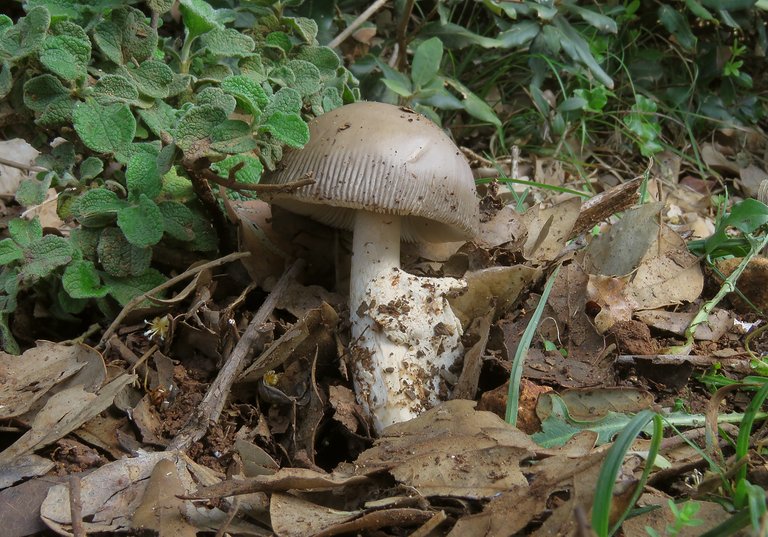
... I found this Amanita vaginata ... which is also edible, and tastes quite good ... but can create problems if eaten raw ... it has to be cooked, baked or fried first ... I usually boil them and throw away the water like with the related Amanita fulva.
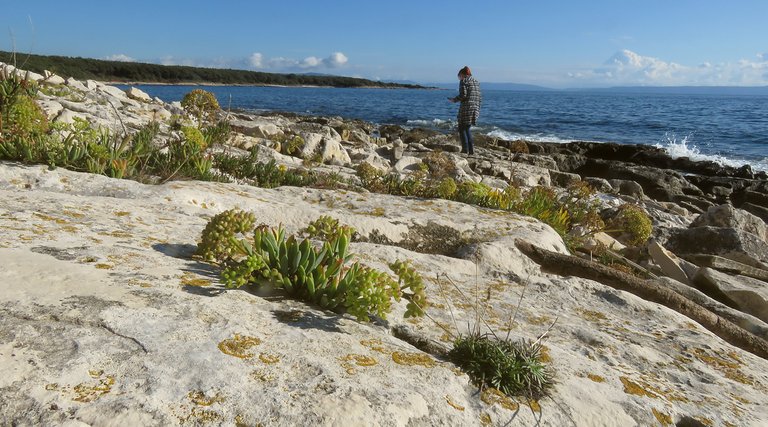
While walking along the tidal zone with a Fungi Friday post in mind ...
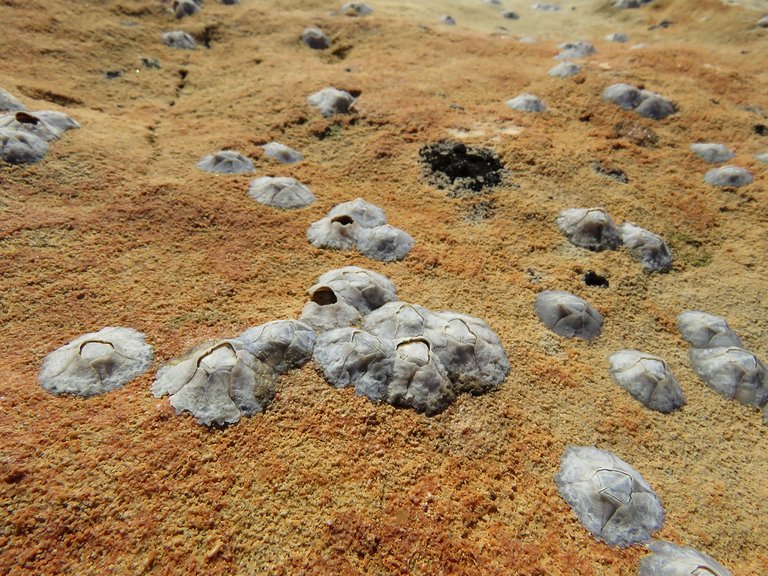
... I couldn't resist to take a few shots of these
Balanomorpha ... sedentary crustaceans hidden in the shells attached to the limestone.

They look like small volcanoes on some desolate alien planet ... when seen from this angle.
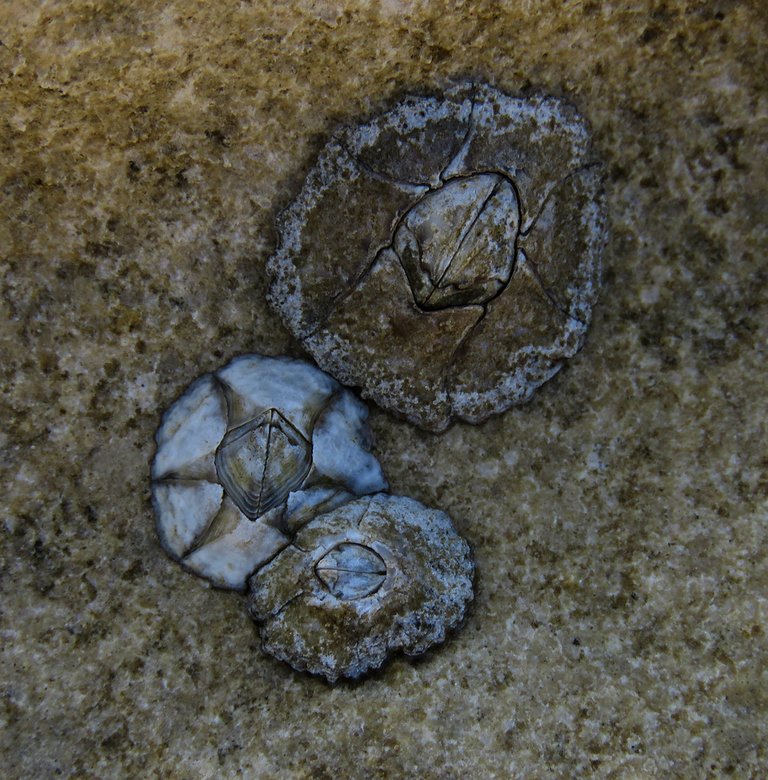
The tide is very low, and they are closed now ... until the sea returns to flood these coastal pools.
While taking these shots I couldn't imagine them being a part of this post ... but then ...
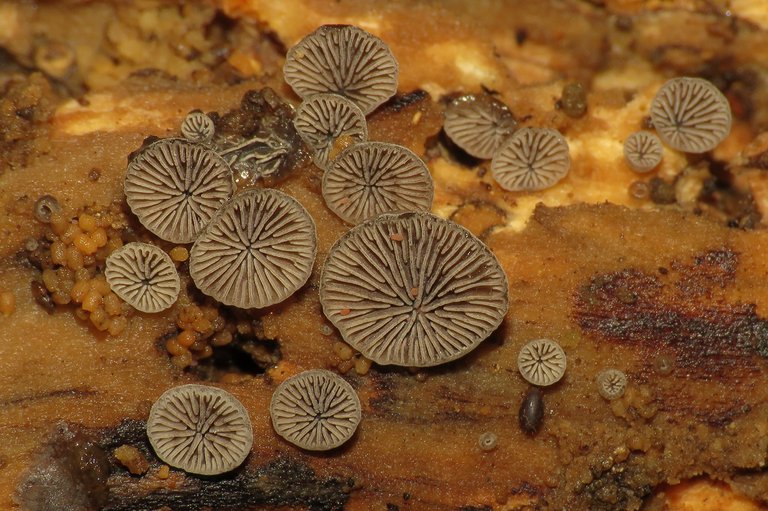
... an hour later ... back in the forest ... I found a nice visual connection between these shapes on the rocks and the fungi on the rotting wood.

These are the Resupinatus applicatus fungi.
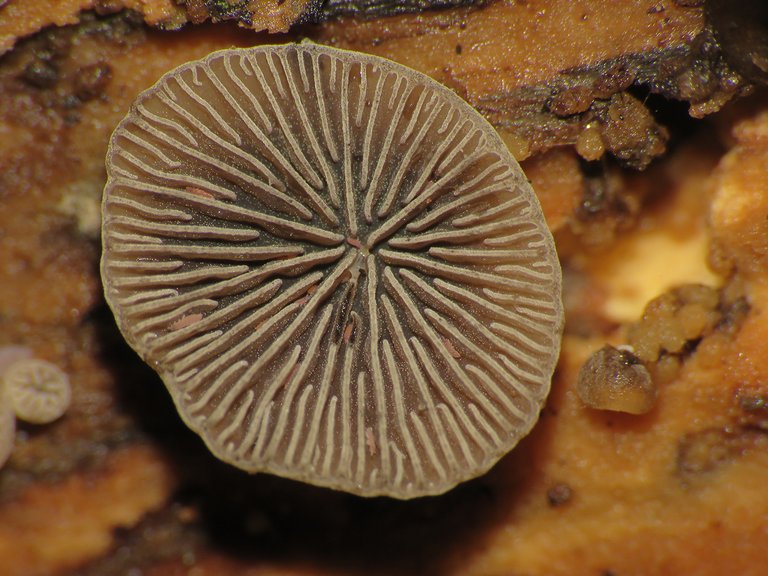
They are pretty small ...
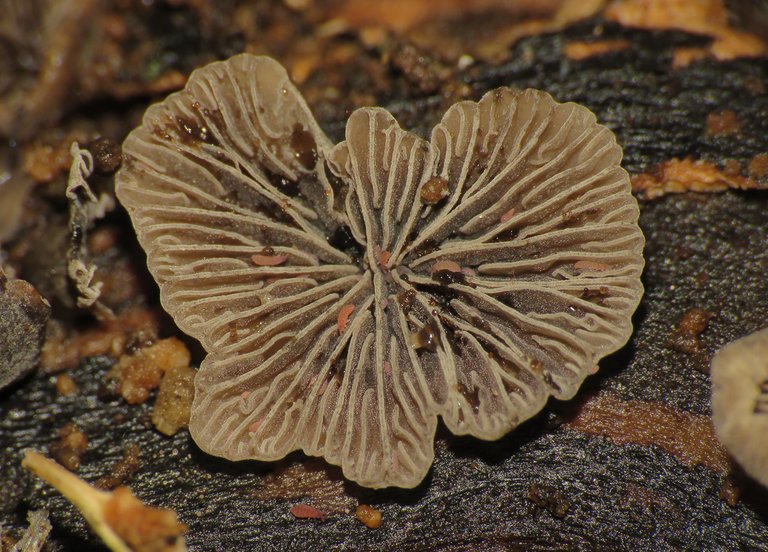
... and look very decorative ...
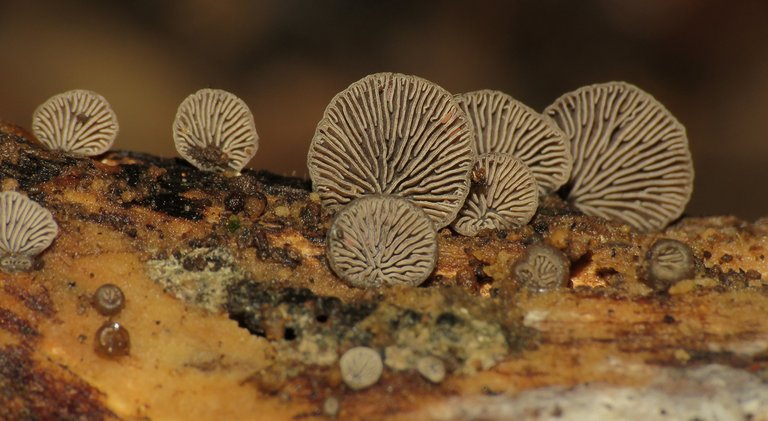
... especially when seen in larger groups.
Maybe you already noticed the pinky fragments scattered among the gills ... this is very small, more micro than macro, stuff ... so what you can see on this enlargeable shot ... is the best, the more up close that I can show you.
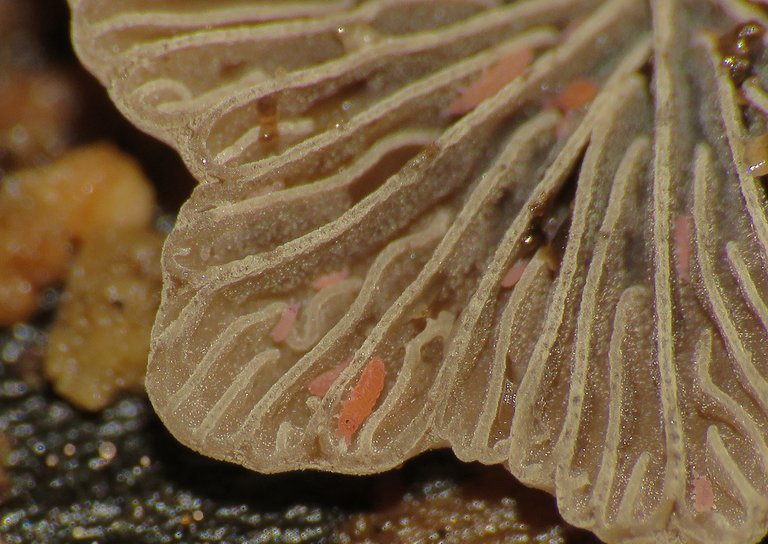
These are springtails ...
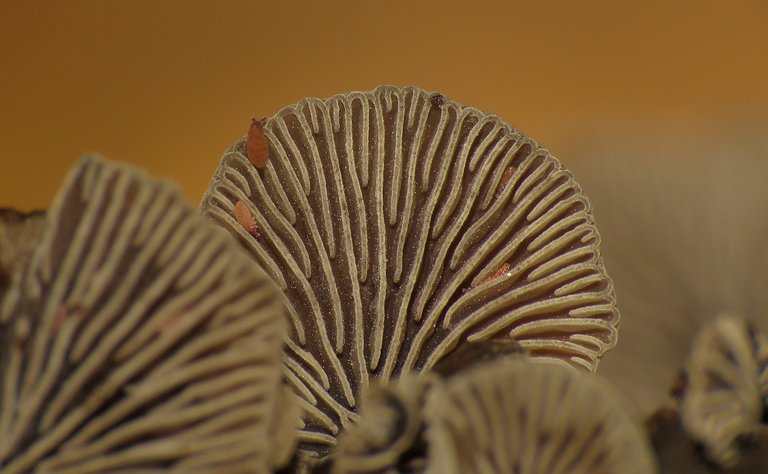
... minuscule Brachystomella parvula springtails ...

... a nice colorful addition ... that enhances the already beautiful fungi miniature.
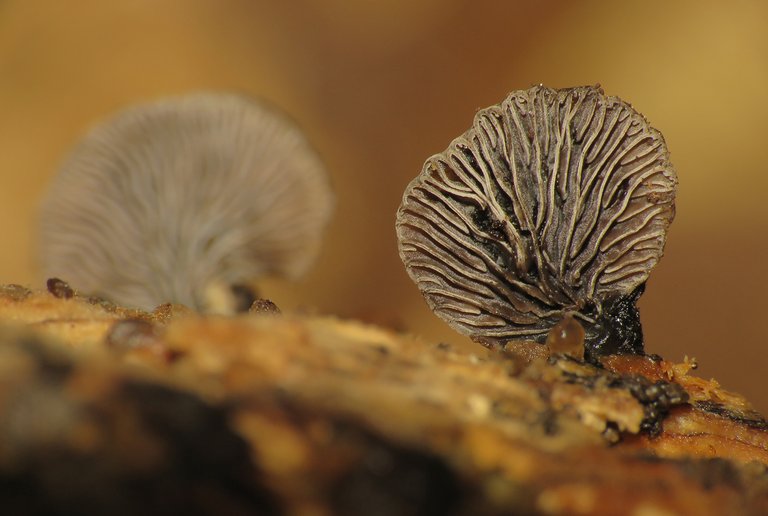
Resupinatus applicatus grows only on decaying wood ... while the small species on the following photograph ...

... can be found on living trees.
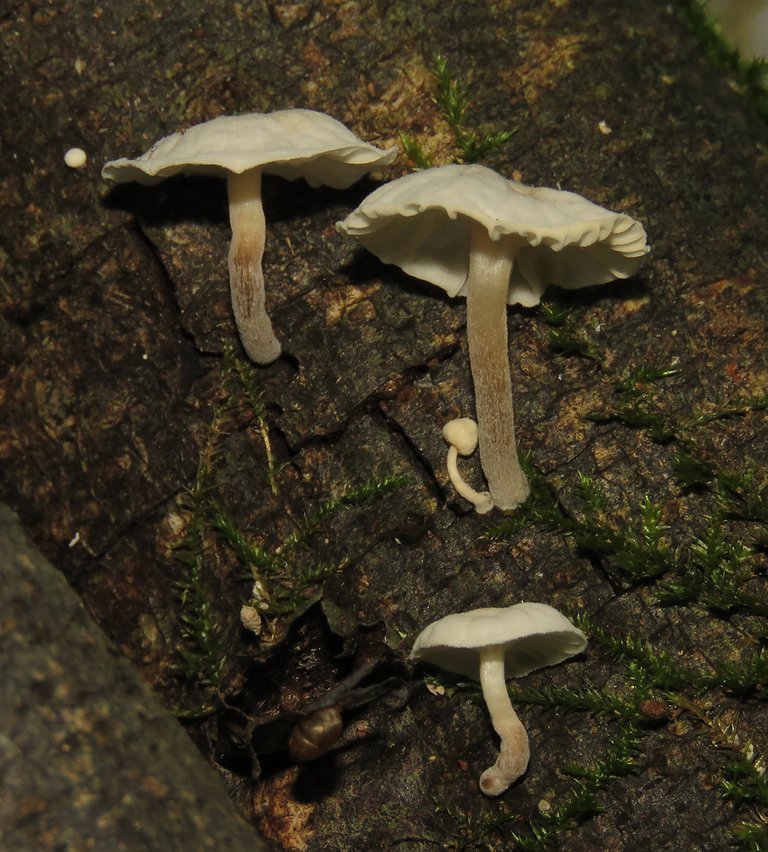
These are Marasmiellus candidus ... and from this angle they look like a bunch of umbrellas caught on a photograph while falling down from the top of the tree.

It's a very elegant little mushroom ...
... and a common encounter in this forest ... many trees and fallen branches are partially covered with them.
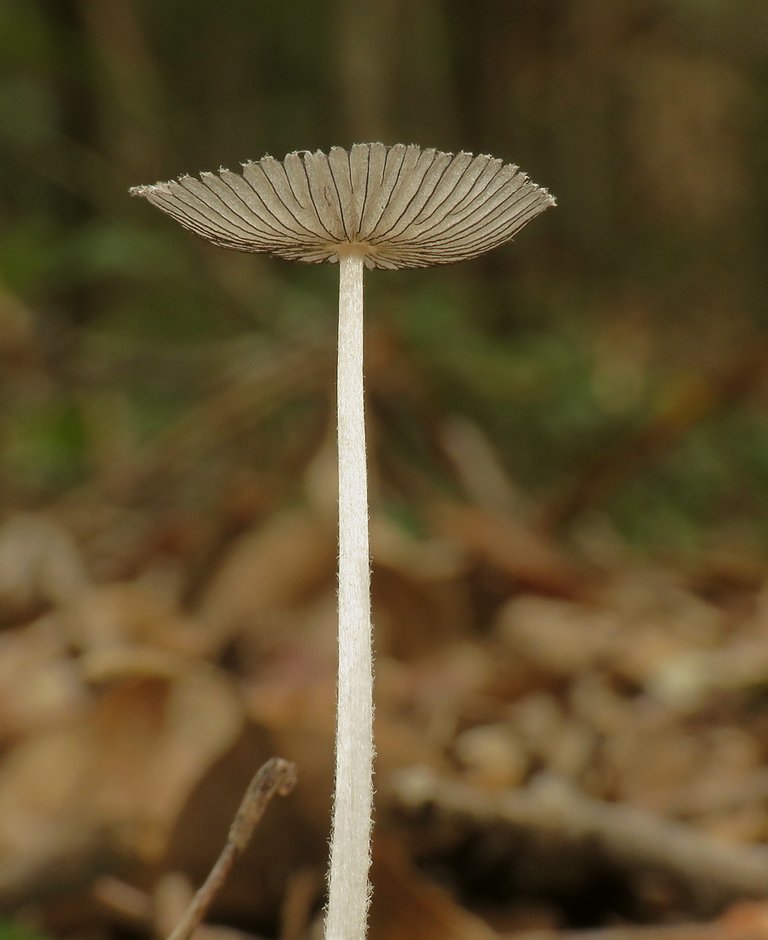
This other beautiful and fragile species ...
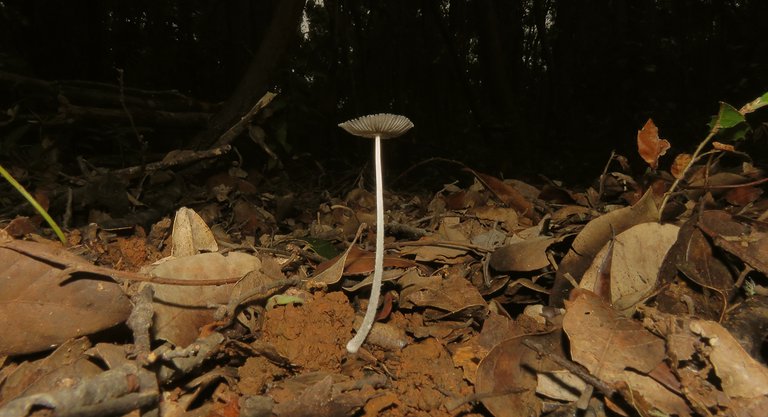
... is growing on the ground ... among fallen leaves.
This is the Coprinopsis lagopus ... and seen from above ... it looks amazing. Mushrooms on the following photograph ...
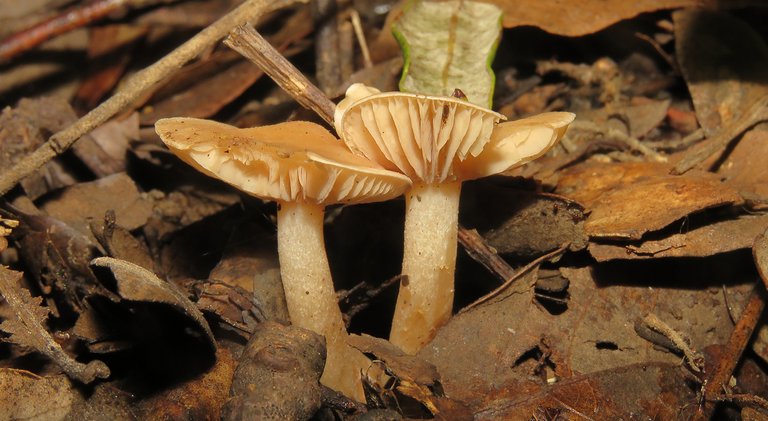
... are also fragile ... but their shape looks more robust. I don't know the name of this species.
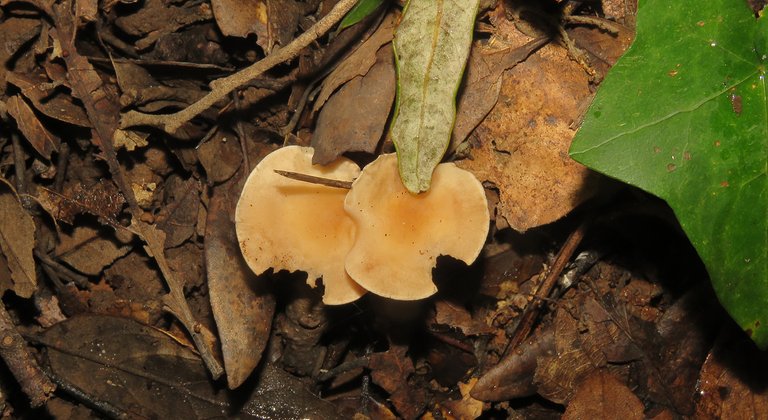
Here you can see how they look from above. On the following photograph you can see another, very similar looking undefined species.
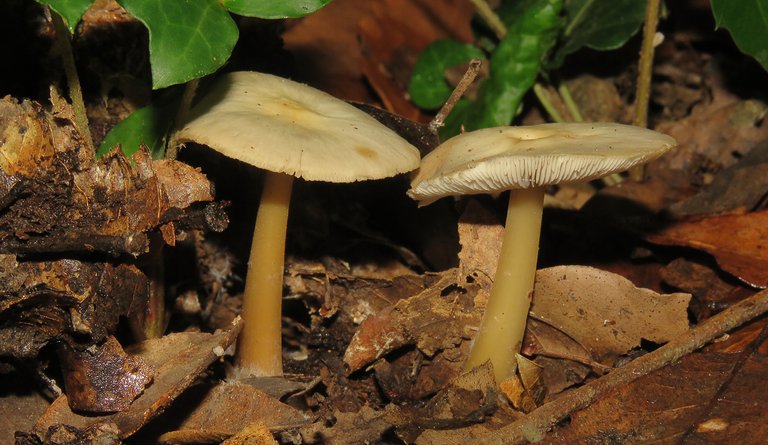
I see many mushrooms that look like these on my walks through the forest ...
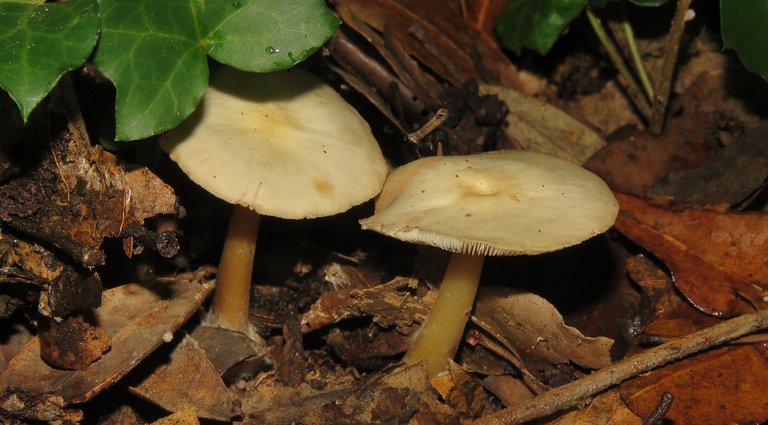
... and that's all I can tell you about them.
With this shot we are back to the Russula mushrooms ...
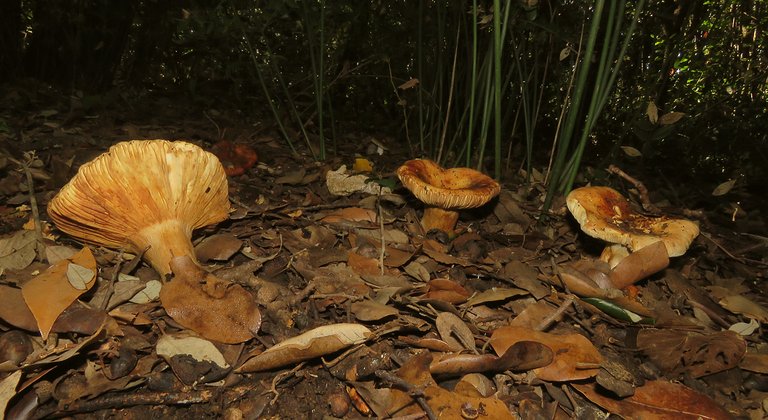
... these are Russula grata ... nonpoisonous but extremely bitter ... considered inedible as far as I know ... never tried them, so I can't tell you how bitter they really are. They start decaying very soon after their arrival, and usually look like this, not very appetizing.
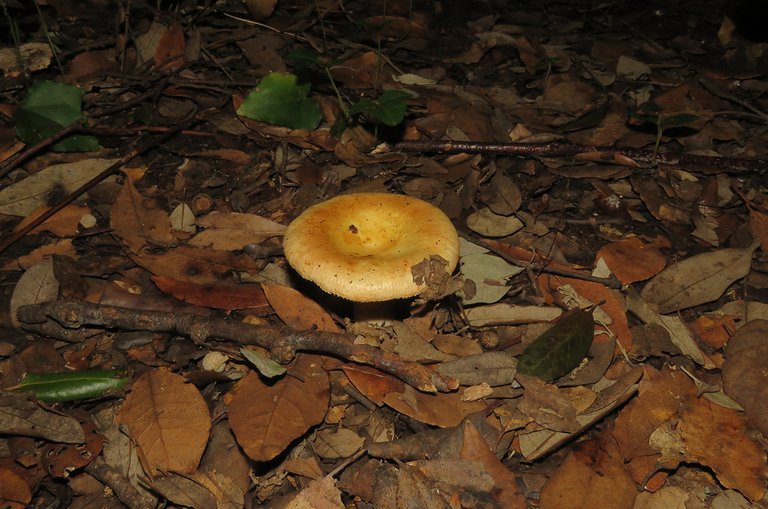
When very young ... recently formed ... they can look slightly better.
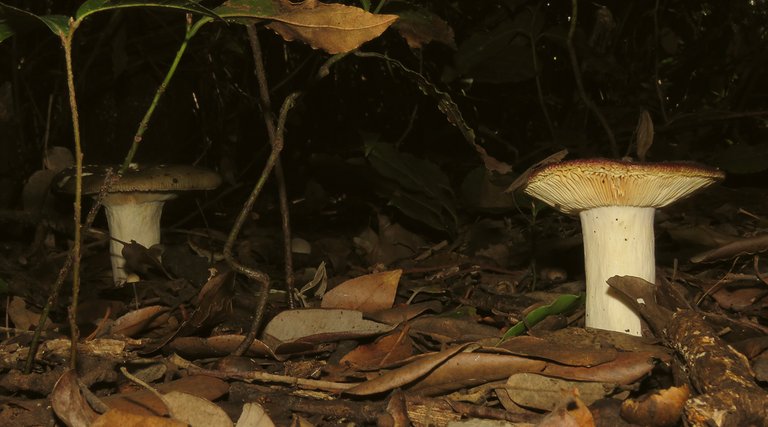
With this shot I'm continuing my walk among Russulas.
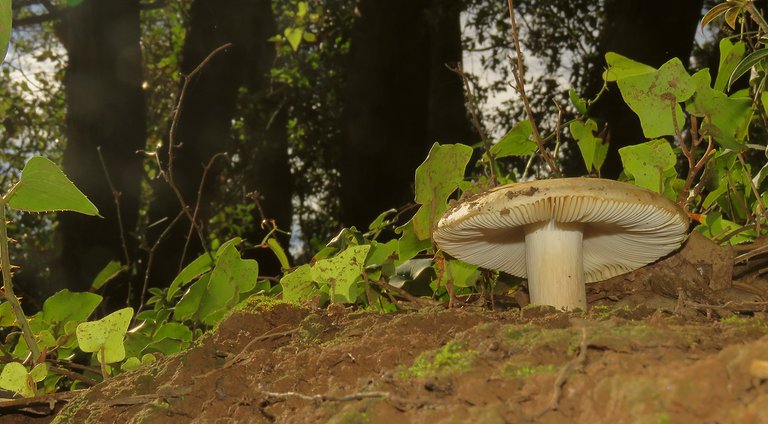
You can find quite a few similar looking species scattered in big quantities all around the forest floor.
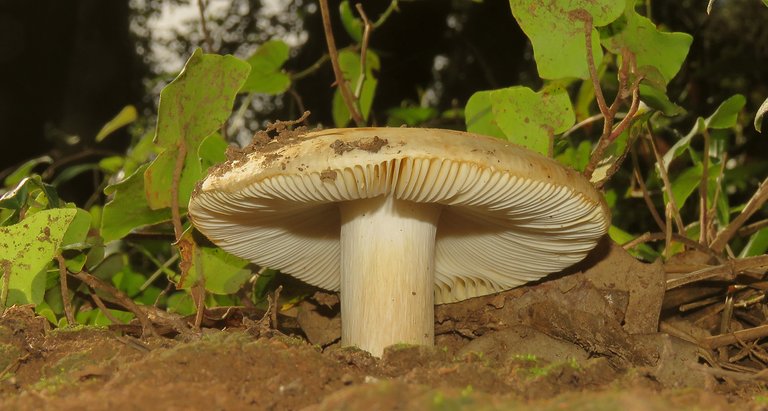
This is the edible Russula ochroleuca ...
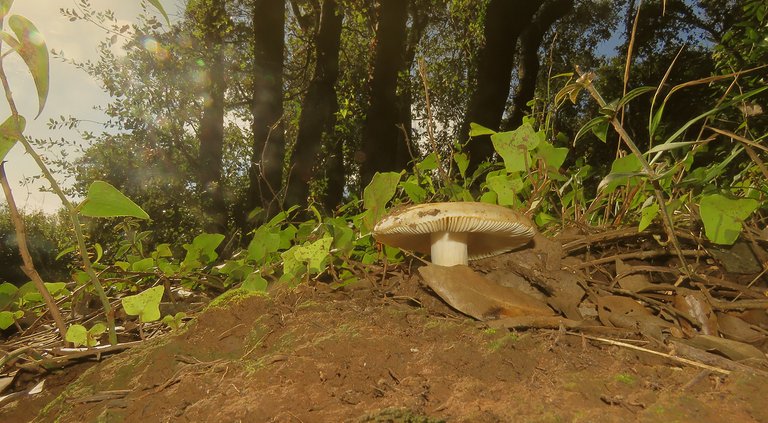
... and is growing on the sunny parchment at the edge of the forest ... facing the sea.
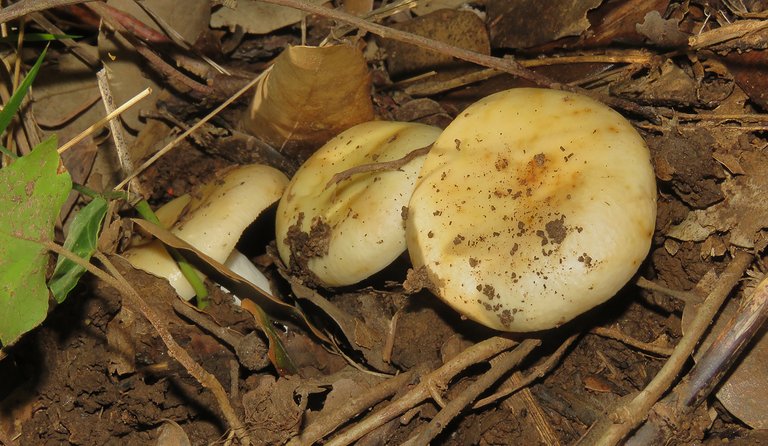
Here you can see the same species from above.
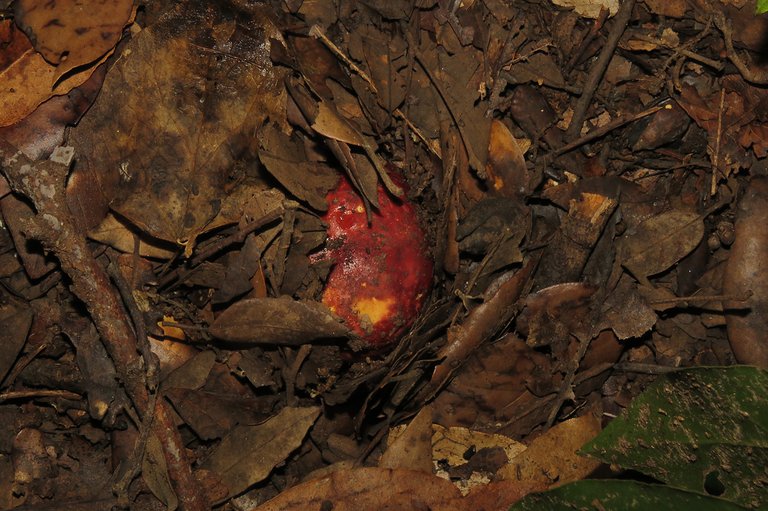
With this shot we are again deeper in the forest. Quite a few red species of Russula are growing here ... you can see one of those pushing the carpet of fallen leaves, on her way above the ground. When it comes to red colored species of this genus, I get easily confused ... so I won't talk about the name of the species.

Not far from there ... another Amanita pantherina is fully formed ...
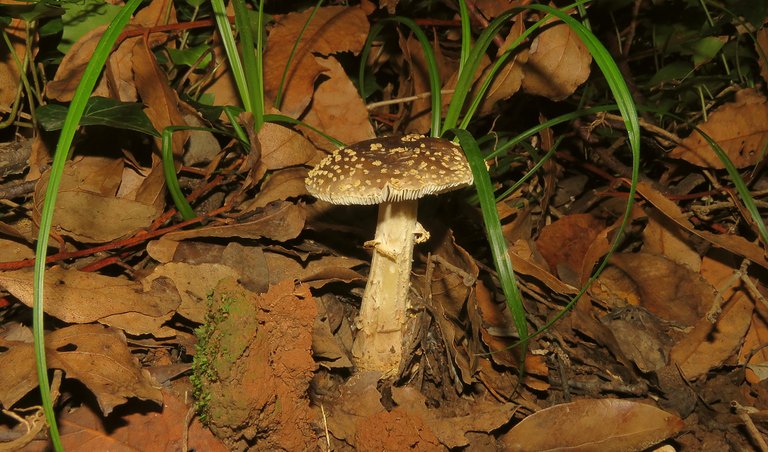
... and slightly withered too.
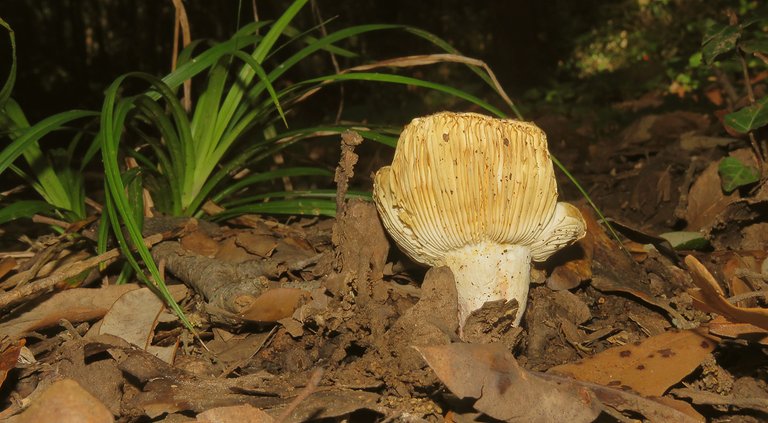
Another pretty generic looking old Russula has also grown nearby ...
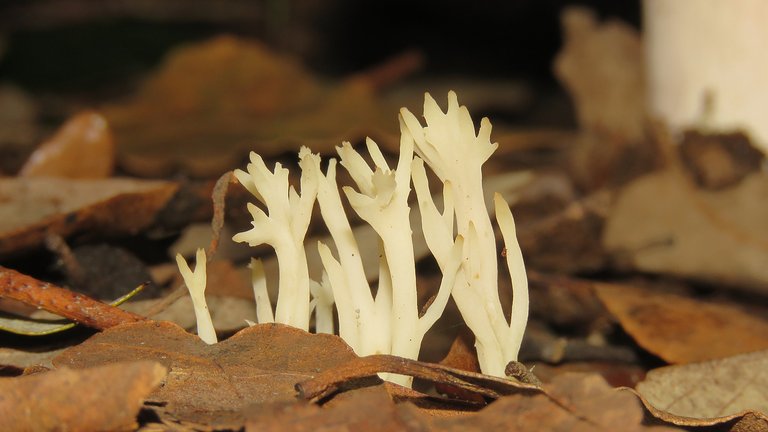
... and the small coral - like fungi you already saw near the beginning of the post.
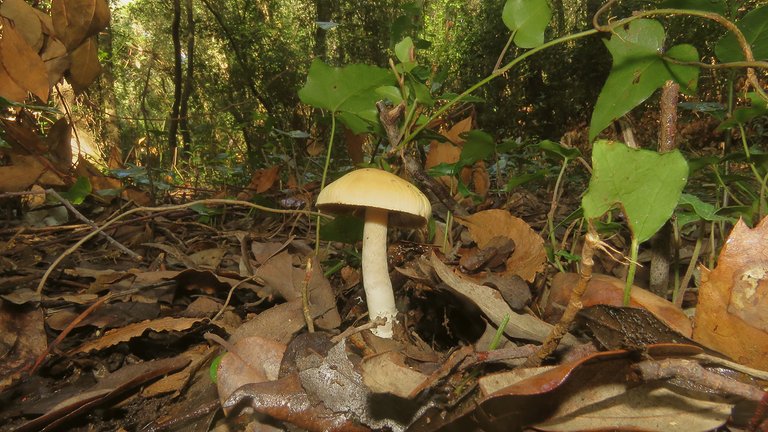
There is a lot more ...
... to see in the forest ... but now ...
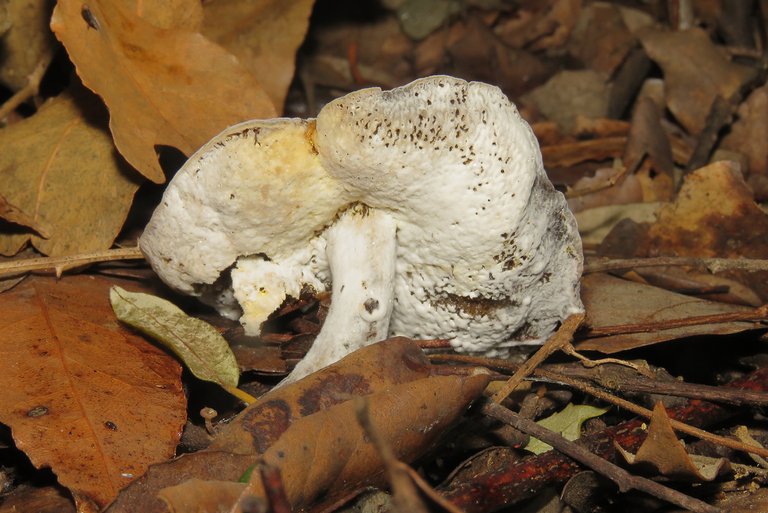
... I mean, after this decaying bolete, barely recognizable under the white coating made by the dense growth of fungus Hypomyces chrysospermus ...
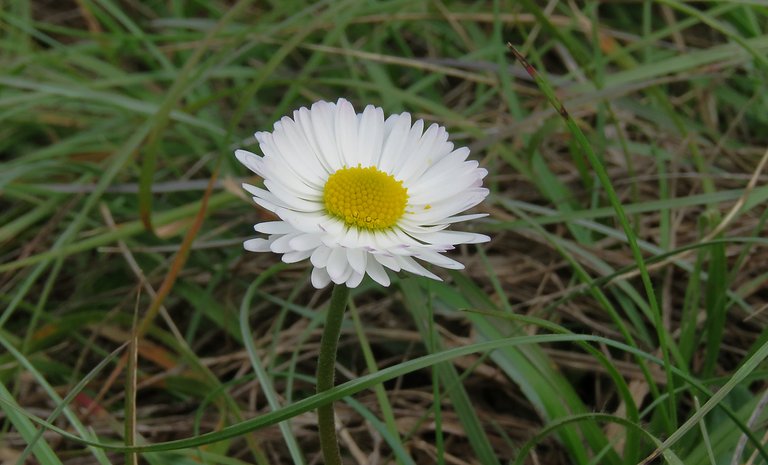
... is time to change scenery.
In a few short stretches the forest is separated from the coast by a larger belt of meadow.
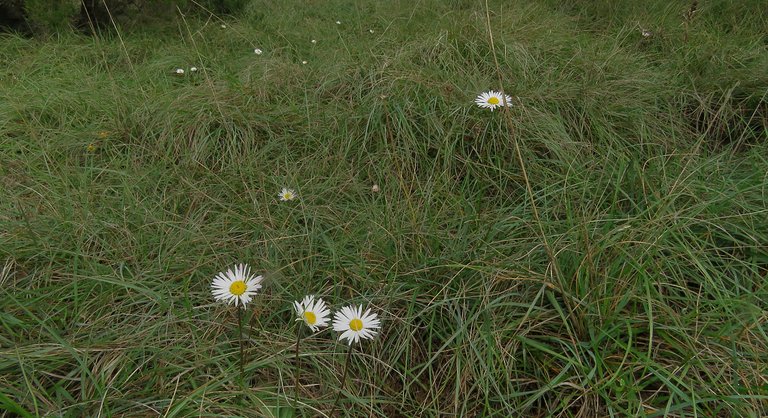
Here, among flowers ... daisies and Hieracium mostly ...
... some pollinators are still active. I first noticed this lovely wild bee on the daisy flower ... and then, a bit later ...
... I took this shot on Hieracium. I don't know the name of the species.
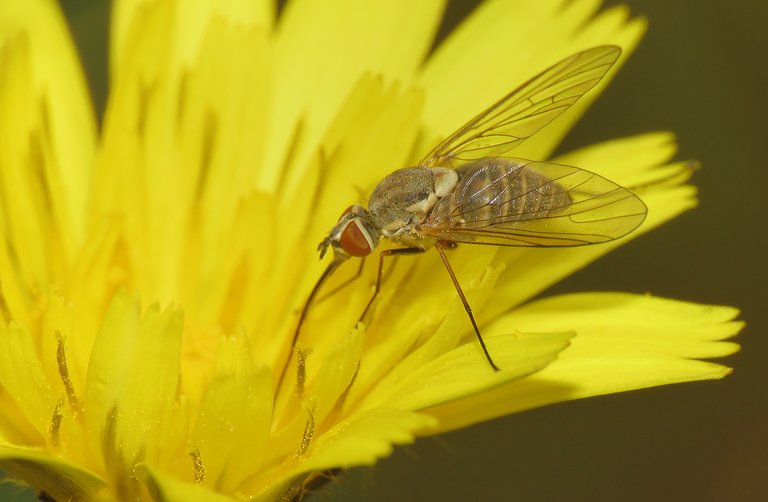
Also on Hieracium, I found this fly with long proboscis ...
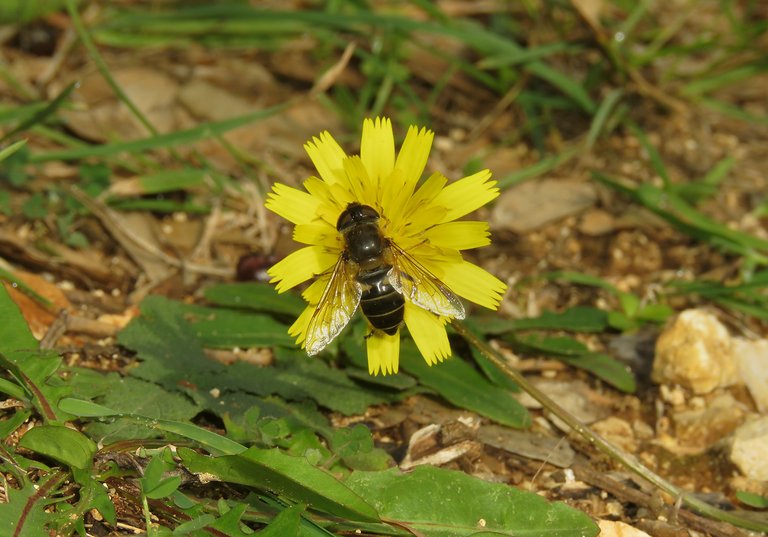
... and the very common Eristalis tenax fly ...
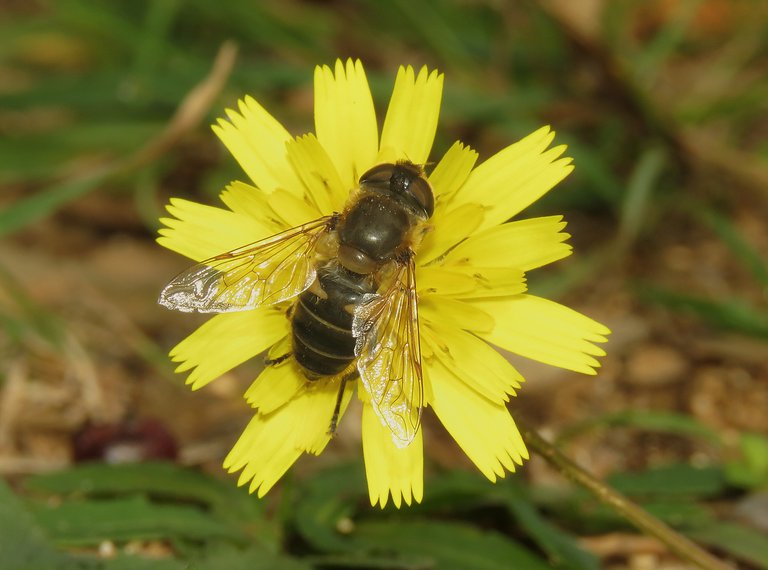
... shaped to mimic the bee.
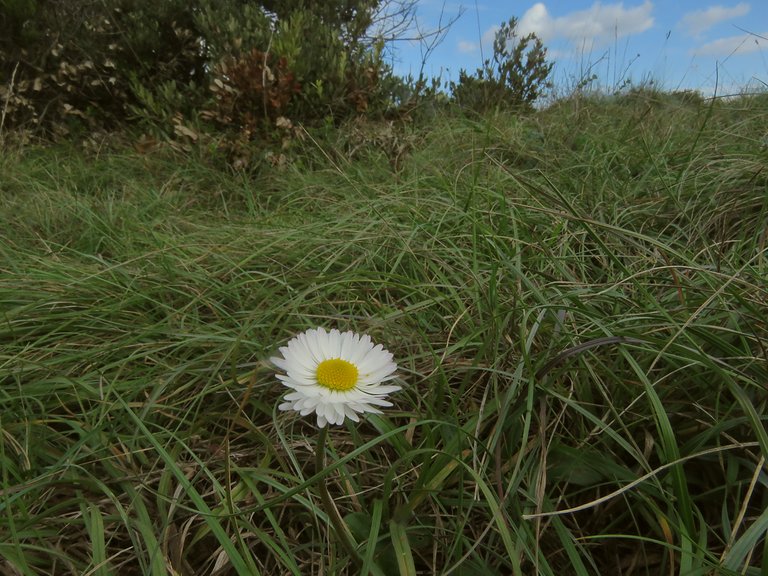
While these two plants were blooming ...
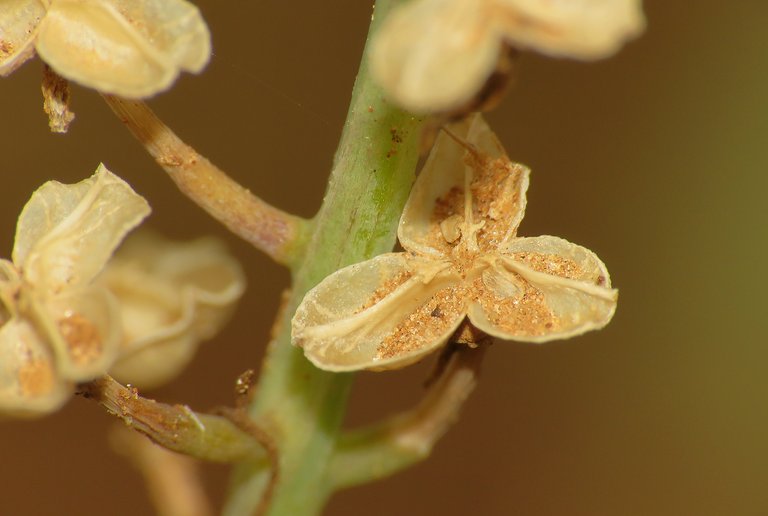
... some other were ready to spread the seeds.
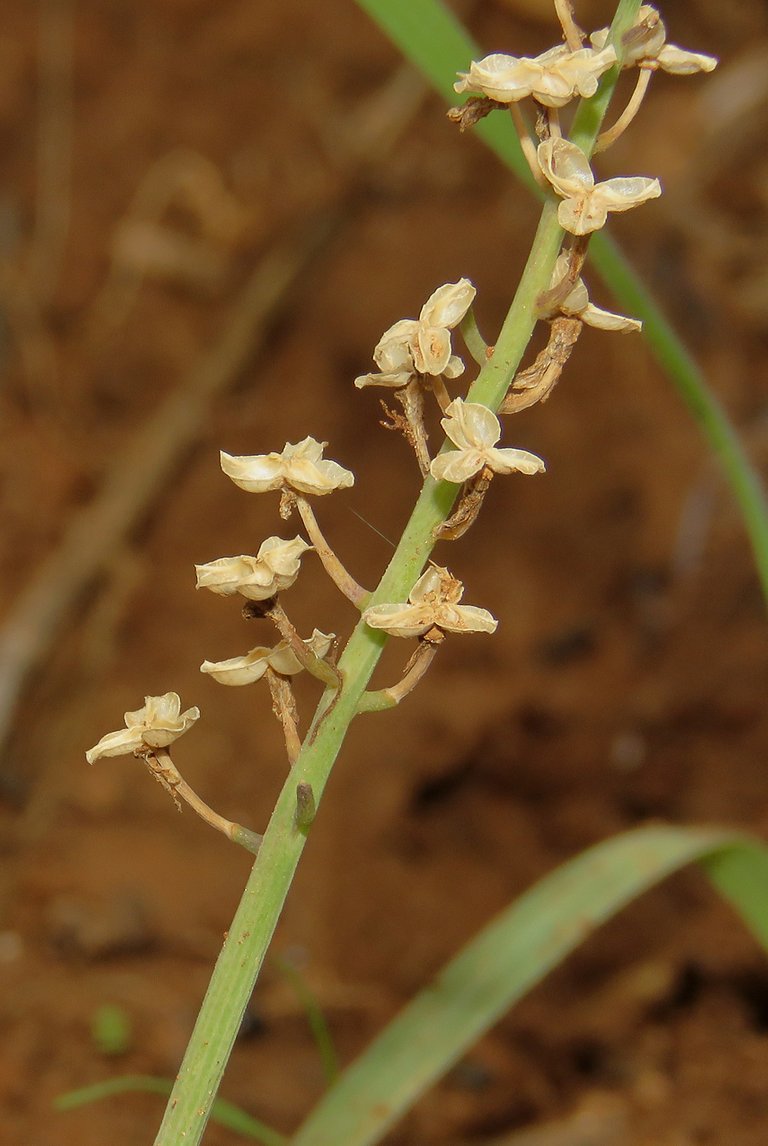
This one, ad example ... I'll be happy to tell you what plant is this ... if I only knew.
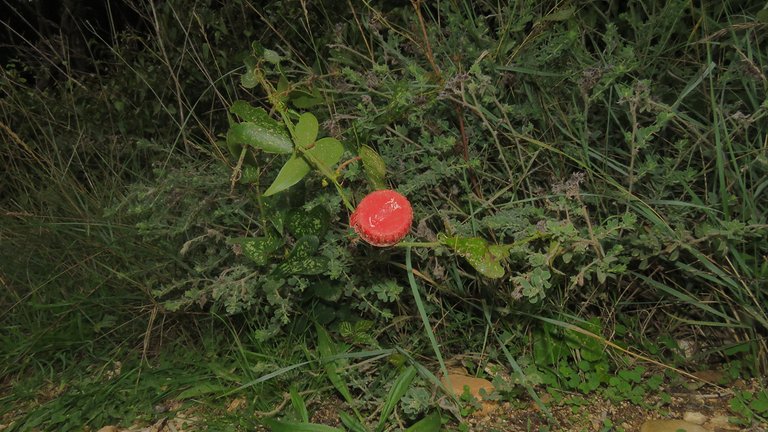
While passing by some shrubs I noticed a beautiful red flower ... I mean, I saw what I thought to be some kind of red flower ... but when I put my glasses on, it was clear that is a bottle cap ... Coca - Cola red and quite lovely ... it was actually a real piece of Coca-Cola packing ... some brands are simply unavoidable in any kind of contemporary landscape ... the text was slightly washed out by long exposure to natural elements.
On the stony terrain exposed to the winds ... I found another interesting mushroom ...
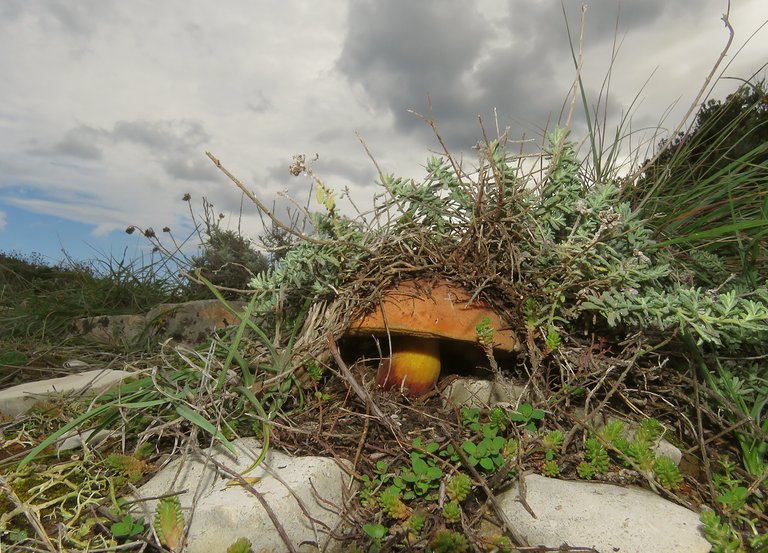
... hiding under the carpet made of aromatic plants.

It was a bolete ... the Suillellus queletii ... you already met this edible species earlier in the post.
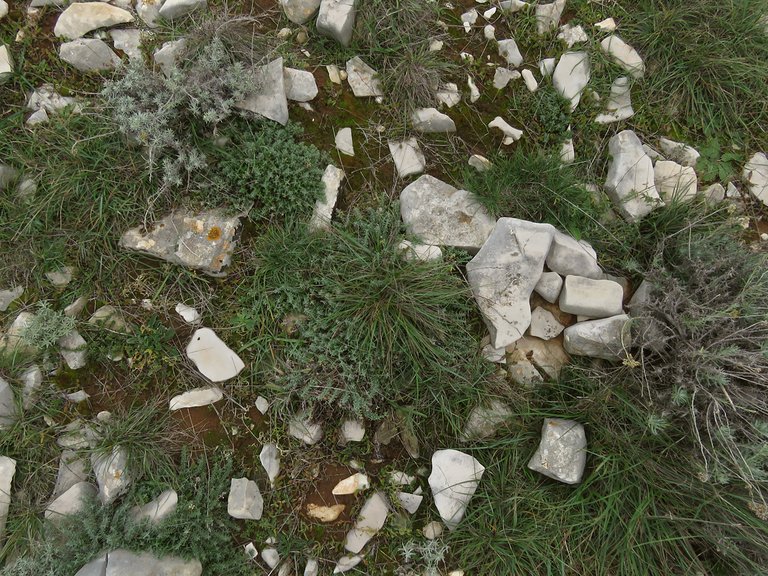
When photographed from above ... the mushroom completely disappeared from the scene - THE END.
As always in these posts on HIVE, all the photographs are my work ... and all were taken in between 22 and 25.10.2020.
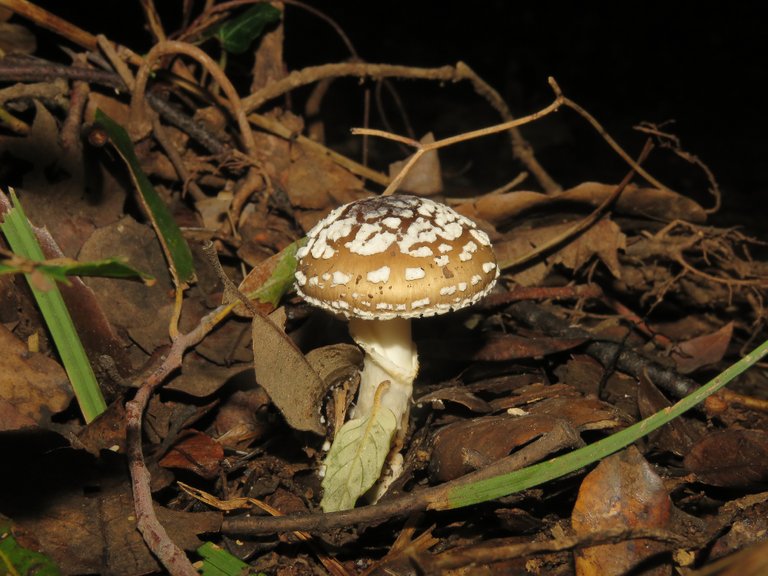
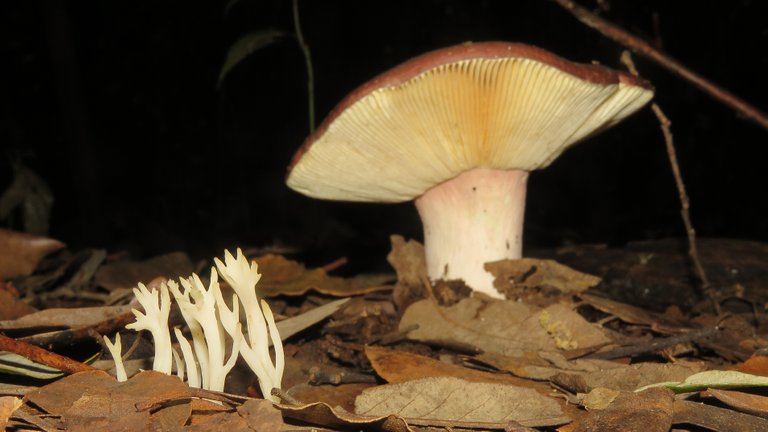
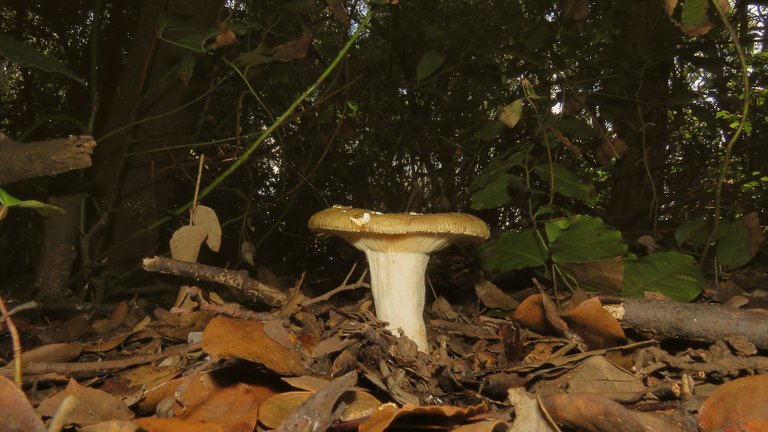
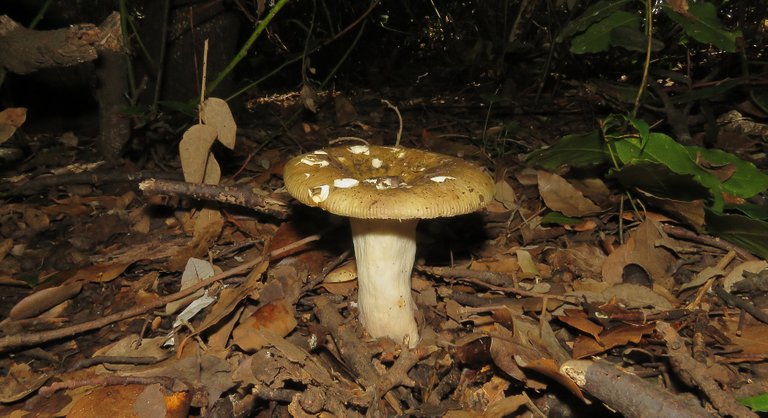
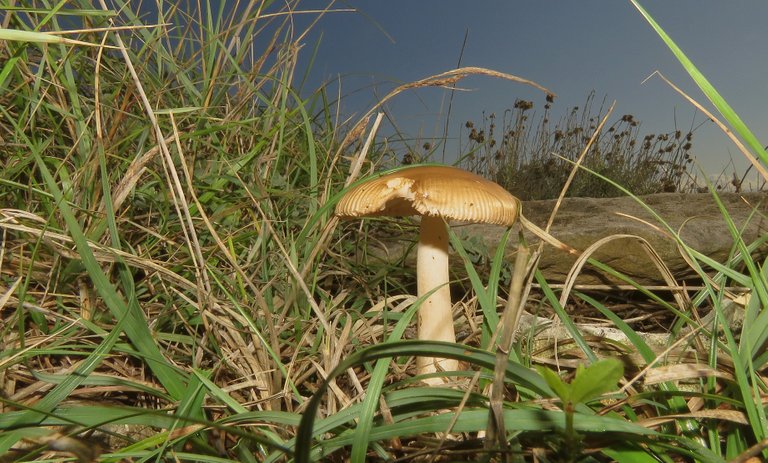

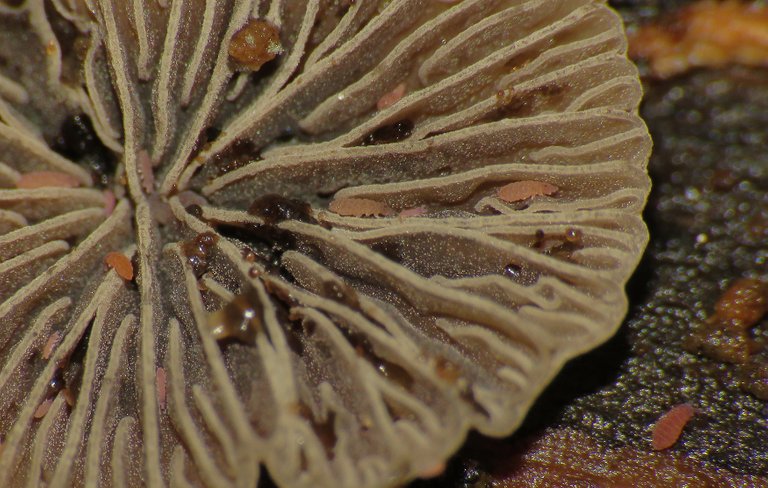
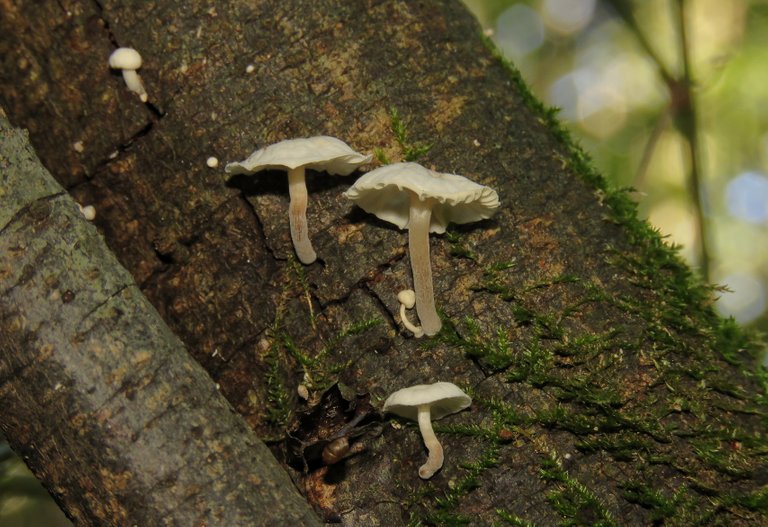
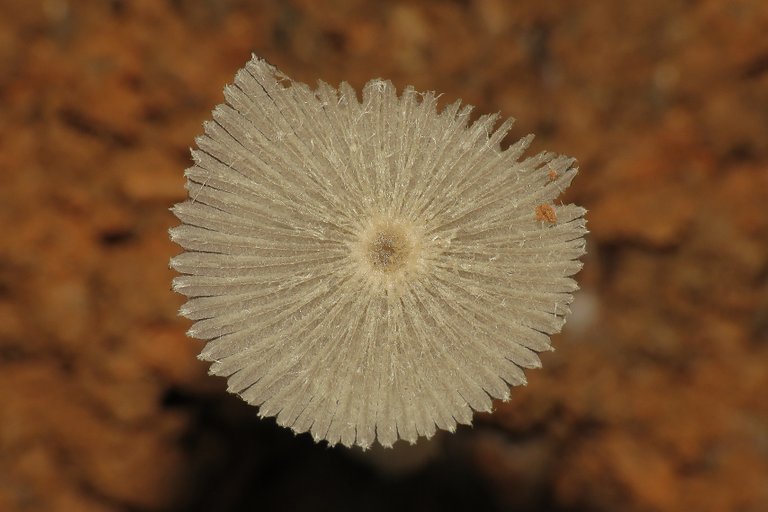

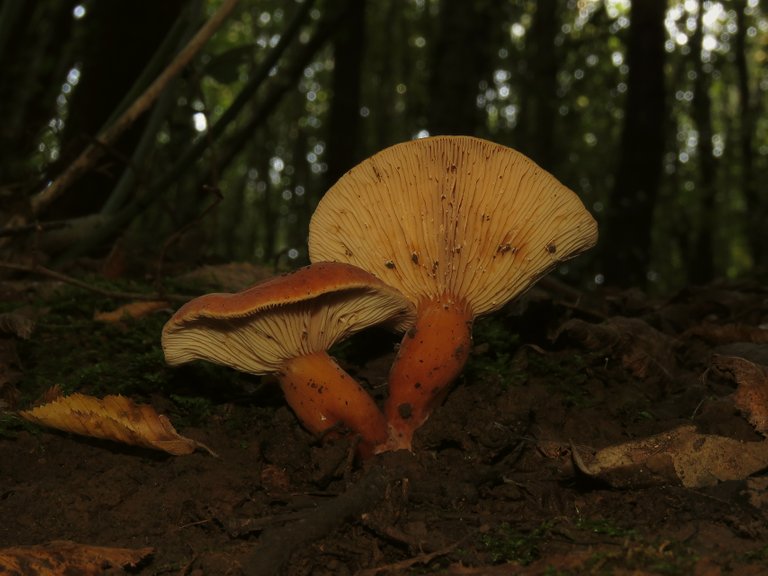
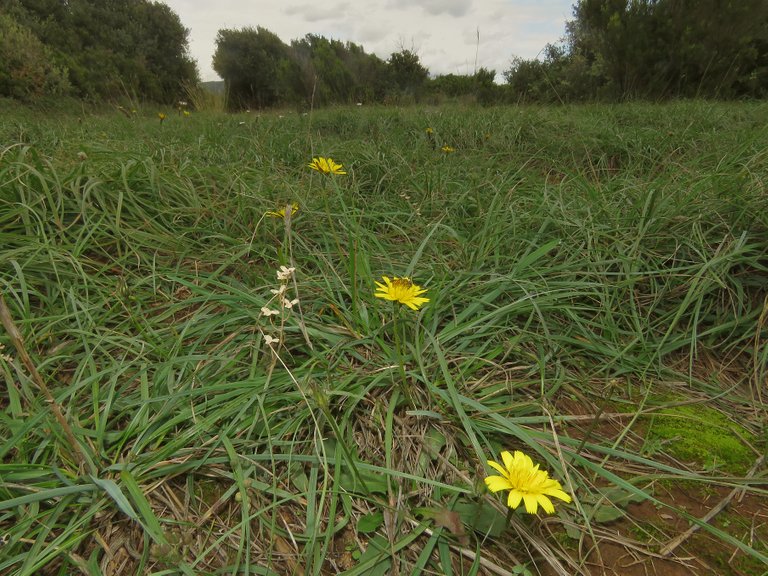

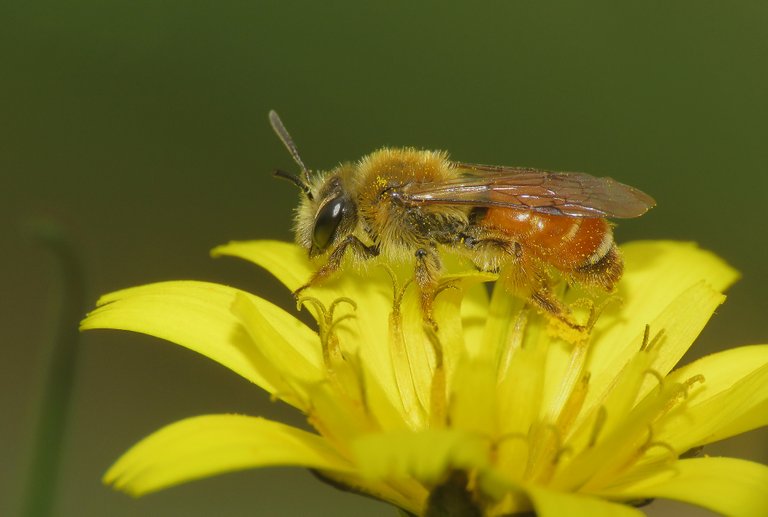
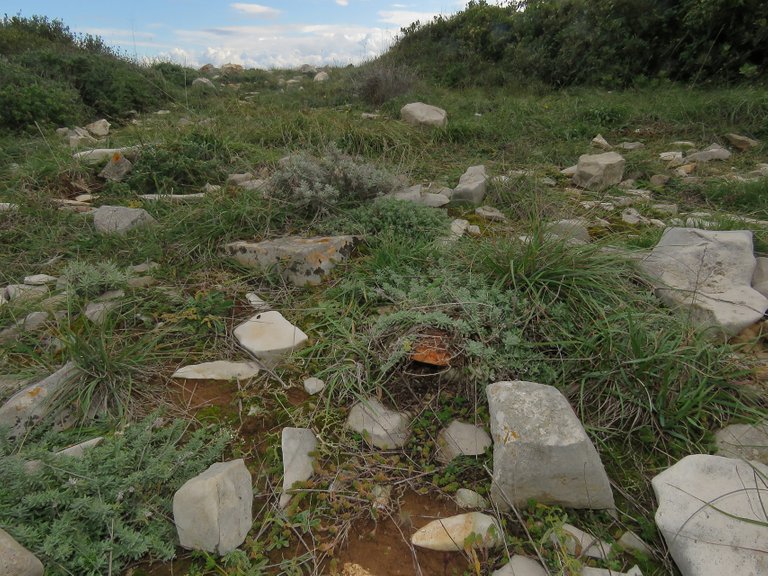
@tipu curate :)
Upvoted 👌 (Mana: 10/20) Liquid rewards.
Congratulations, your post has been added to Pinmapple! 🎉🥳🍍
We are giving away 2000 Hive for reaching 1000 travel digests
Anyone and everyone can join!
Join the raffle and check the 1000 contest post
Did you know you have your own profile map?
And every post has their own map too!
Want to have your post on the map too?
Hah that bolete reminds me of a wildlife photographer in full camouflage. Those panther caps give a dangerous hallucinogenic trip if eaten. The corals look like little people that are buried with just their hands above the ground waving for help.
:) They are characters with solid potential for some cartoon or comic book series :D
Nice educational post about mushrooms.
I love the bumblebee, especially :) Usually I see more pollen attached to them when they are perched on a flower like that.
Great post, as usual.
:)I understand - it's a lovely insect, and it has some nice orange color ... this species has usually also more pollen ... maybe is late in the pollen season and there is a shortage of pollen :D
Still a beautiful shot. Funny, I spent my early childhood wandering around hill and dale, but I've learned more about insects from Hive (your posts especially) than I ever did as a child.
This is a really excellent post! Great close up pictures!
Thanks :)